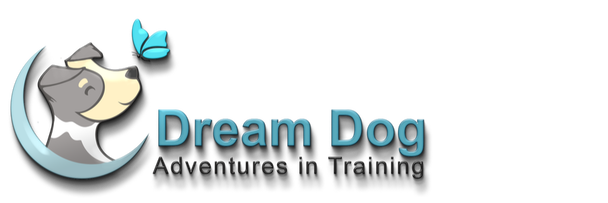Dog Training - Harrisburg, PA
Tips for Using Puzzle Toys
Puzzle toys or treat-based toys are a fantastic way to satisfy your dog's need for entertainment. Toys that are hollow and are designed to hold a treat or be filled with something yummy can also be used to feed your dog. Initially, some of my clients balk at the idea of their dog working for his meals. I have heard things like, "Isn't that mean?" or "Aren't you teasing him?" or "I wouldn't like to eat like that!". Okay, maybe I wouldn't like to eat like that either, but I've got lots of things to keep from being bored., i.e.: TV, my computer, social media, my phone, work, going places, etc. If you work part of the day, cook, clean, have children, go to school, or do homework, it's not likely that you would want to work for your food. If, however, you were bored, working a puzzle might seem like fun. You would feel more satisfied and as if you had accomplished something. And that's just the idea with your dog! Dogs that solve problems, think, and are engaged in fun activities are better behaved. Consider all of the things your dog WON'T be doing if he is working a treat-based toy. There will be no chewing of shoes, no getting into the trash, no bugging to be pet, no digging in the yard, or any other annoying/destructive thing your dog has thought up that makes you crazy. Helpful Tips
Helping your dog satisfy his need to solve problems and work using treat-based toys will make your dog's life richer, prevent behavior problems, and are a great addition to any dog training or obedience program. Please post comments and questions below. I'd love to hear if you've discovered any toys that your dog has found enjoyable. Thanks for reading, and have a great week! Cheers! Lisa
1 Comment
by Lisa Coleman
Dog Training - East Berlin, PA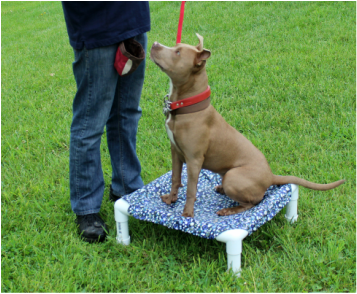
Place Command for Self-Control
You Learned Place in Kindergarten One of the main goals your kindergarten teacher had for you was to learn to sit in your desk and keep your hands to yourself. Mastering this skill set allowed you to move on to first grade because you were more prepared to learn. She did not give you the whole room during desk time otherwise you would have been touching your neighbor and scooting all over the place. Sitting in your chair gave you a defined area on which to sit. If you were not in that exact spot, your teacher would take you by the hand and lead you back. Clearly, you were either in your chair or you were not. Having that defined place trained you how to control yourself and be still. This new ability carried over into other areas, as well. You were better prepared to sit in a seat at a restaurant, control yourself at the theater, and wait in line at the grocery store. Just as with children, having a specific place defines for the dog where you want him. And going to place prepares your dog or puppy to maintain his composure around things that are distracting. He learns to just do nothing in the face of barking dogs, bicyclists, children running, and passers by. This allows you and your dog to be able to go places and do things that dogs without training and good impulse control just cannot experience. Dogs with self-control can have more fun! Place is About Self-Control When most of my clients come to me saying that their dog is out of control, it usually stems from them having not learned to control themselves. The dog is always fulfilling his own desires. Well-behaved dogs have excellent impulse control and the place command is an awesome one you will want your dog to have in his repertoire. What is Place? Place can be a towel, dog bed, blanket, yoga mat, a piece of wood, or bath rug. Really, anything that you ask your dog to stay on, although having a something that is raised or has sides is more clearly defined. Whatever you choose, try to be consistent in the beginning. If you like using a towel because it is easy to move from location to location, stick with the towel until your dog completely understands the exercise. What you Need Your Dog (duh!) Dog Bed, Blanket, Rug, etc. Collar and Leash Great Treats or Your Dog’s Food Upbeat Attitude (Yeah!) Let’s Get Started! Begin by placing the item in the middle of a room. This allows you to be able to move beyond it in order to guide your dog into the center of the item. You will want to have your dog on leash. This allows you to communicate through the leash the direction you would like him to go. Approach the place and pause a foot away. Have a tasty treat in the hand that is not holding the leash. Put this in front of your dog’s nose and while applying a little pressure towards the place, keep your treat very close to the dog’s nose, and then go all the way across the place with your hand. If your dog does not follow, keep the leash pressure on until he moves and bring the treat back to his nose and lure him over the place. When he moves towards place, leave up on the pressure immediately and have him follow his nose until all four feet are on place. Say “place”, praise in a high tone and treat. Give a few more treats as your dog remains on place and say “good”. Release from place with the word “yes”. Back up a few steps and give another treat or more of his food. Praise with “good”. Just to be clear, “Good” means your dog is on the right track. “Yes” says to your dog that he gave you exactly what you were looking for and has completed the exercise. Keep it Fun! We want your dog to see a huge amount of value in place. We really want him to be excited to go to place and have him light up when he sees you getting out his place. So don’t forget to smile and use a pleasant tone of voice when praising. If he gets off of place before you have released him with “yes”, give a verbal correction such as “hey” or “nope” and apply leash pressure back towards place. Say “good” but do not give the treat reward as we want him to realize that getting off of place before released is undesirable. Rewarding him in this instance would train him to think, “if I get off and back on again, I get another treat!” Pause while he is on place, release with “yes”, reward and praise. On to the Next level! Once your pup understands that he should wait until released, it is time to change the game up. Start by moving his place around, so he knows place is place no matter where it is. Next, take his place outside, so he learns to go to place even with the distraction of grass to sniff and birds to watch. Only when he has mastered place without getting up, should you add distractions (like toys or people walking by), distance, or time. If you rush to mixing things up on him too soon, place never really is defined in the dog’s mind, and he may not be reliable. Place needs to be super solid, so don’t rush it. You will get there! Every time you move place, add a distraction, increase the distance away, or add time expect that your dog will mess up. Be on the alert so that you can give feedback right away and escort him right back to place. It takes lots and lots of repetition before the dog says, “You know, it sort of seems like you want me to stay here until released - even when that is going on.” Practical Uses for Place Using place has helped my clients dogs to be calm in a car, with passing dogs, when visitors arrive - really anywhere that requires the dog to not react to stimuli. You really can’t beat place for teaching self-control while building the bond you have with your dog. Go ahead and give it a try, you and your dog will love it! 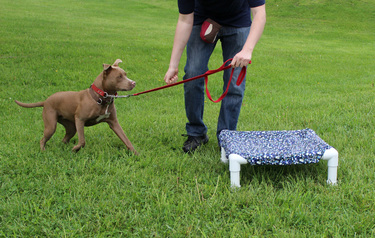
Let's Get Started!
You will want to have your dog on leash. This allows you to communicate through the leash the direction you would like him to go. Approach the place and pause a foot away. Have a tasty treat in the hand that is not holding the leash. Put this in front of your dog’s nose and while applying a little pressure towards the place, keep your treat very close to the dog’s nose, and then go all the way across the place with your hand. If your dog does not follow, keep the leash pressure on until he moves and bring the treat back to his nose and lure him over the place.
Keep it Fun!
We want your dog to see a huge amount of value in place. We really want him to be excited to go to place and have him light up when he sees you getting out his place. So don’t forget to smile and use a pleasant tone of voice when praising. If he gets off of place before you have released him with “yes”, give a verbal correction such as “hey” or “nope” and apply leash pressure back towards place. Say “good” but do not give the treat reward as we want him to realize that getting off of place before released is undesirable. Rewarding him in this instance would train him to think, “if I get off and back on again, I get another treat!” Pause while he is on place, release with “yes”, reward and praise. Continue to the Next level! Once your pup understands that he should wait until released, it is time to change the game up. Start by moving his place around, so he knows place is place no matter where it is. Next, take his place outside, so he learns to go to place even with the distraction of grass to sniff and birds to watch. Only when he has mastered place without getting up, should you add distractions (like toys or people walking by), distance, or time. If you rush to mixing things up on him too soon, place is never really well defined, and he may not be reliable. Place needs to be super solid, so don’t rush it. You will get there! |
AuthorLisa Coleman ArchivesCategories |
Connect with us here! Email Telephone [email protected] 717-858-9027
|
Dream Dog Adventures in Training proudly serves Pennsylvania and Maryland Pennsylvania - Abbottstown, Airville, Annville, Arendtsville, Aspers, Bendersville, Biglerville, Boiling Springs, Camp Hill, Carlisle, Codorus, Dallastown, Dauphin, Dillsburg, Dover, Duncannon, East Berlin, Enola, Etters, Fairfield, Fayetteville, Felton, Franklintown, Gardners, Gettysburg, Glen Rock, Glenville, Grantham, Grantville, Hanover, Harrisburg, Hummelstown, Lemoyne, Lewisberry, Littlestown, Loganville, Manchester, Marysville, McSherrystown, Mechanicsburg, Middletown, Mount Holly Springs, Mount Wolf, New Cumberland, New Freedom, New Oxford, Orrtanna, Railroad, Red Lion, Rossville, Seven Valleys, Shrewsbury, Spring Grove, Stewartstown, Summerdale, Thomasville, Wellsville, Windsor, York
Maryland - Emittsburg, Hampstead, Lineboro, Manchester, Westminster, Taneytown, |
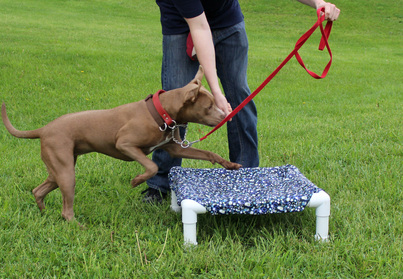
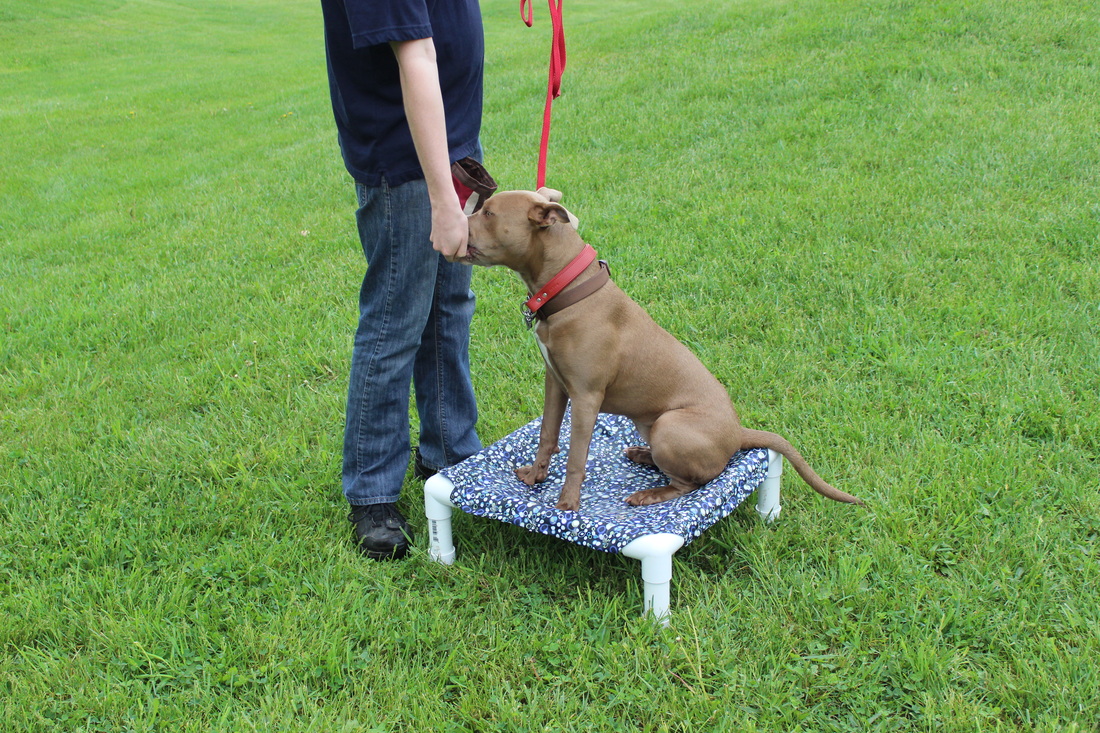
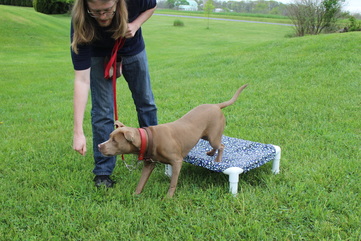
 RSS Feed
RSS Feed
